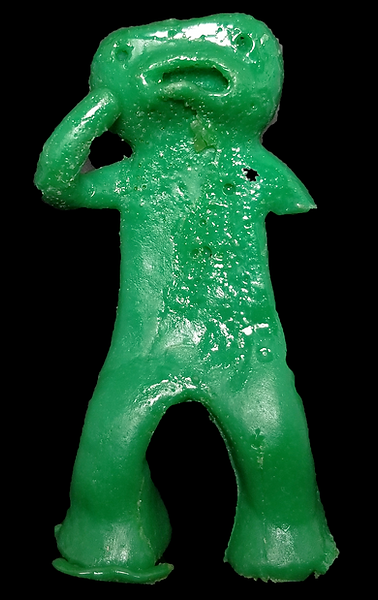
Justin W.H. Yuen

Aerodynamics Effects of Buildings on a Bus
Aerothermal Fluids Lab, Spring 2018
Goal
Observe the effects of buildings on the lift, drag, and pressure along a model MTA bus in a wind tunnel
Results
Buildings increase drag but also increase negative lift which is important for traction for control and turning

Scenario 1
No buildings
Scenario 2
Buildings on both sides
Scenario 3
Connected buildings on the left and gap between buildings on the right
Preparing the Model

Holes were drilled into the model to make room for pressure taps. Each tap was labeled by numbers.




Construction



The platform of the bus was made with 2 layers of foam with wood support beams. The foam was easier to cut and shape for our various scenarios.

The pressure taps were crazy glued and the buildings were made of thick paper. Legs were installed onto the buildings to be inserted into the platform.

Experimental Setup - Scenario 1 - No Buildings


Experimental Setup - Scenario 2 - Connected Buildings on Both Sides



Experimental Setup - Scenario 3 - Gap Between Buildings on Right


Results

Scenario 1
No Buildings

Scenario 2
Connected Buildings

Scenario 3
Gap Between Buildings on Right Side

Pressure Along Front Side
The points on the plot align with the location of the taps on the bus shown on the right. Notice the trend remains the same in all 3 cases, such that the pressure is higher at the bottom than the top. Interestingly, have some buildings and a gap between them had the least pressure compared to having no buildings or having all buildings.

Pressure Along Top
The two vertical gray lines represent where the gap between the buildings was in relation with the bus. Here, the pressure values of the 3rd scenario, buildings with a gap, is slightly between the values of no buildings and all buildings. However, the difference is small. Interesting observations that can lead to future analysis or discussion is the effects of the objects on the roof of the bus with the pressure values.

Pressure Along Back
Like the front of the bus, the pressure is higher at the bottom than the top. Also similiar to the results of the top side, the buildings with a gap in between have pressure values that are between the values of the scenarios with all connected buildings and no buildings.

Pressure Along Side
In all three scenarios, the trend appears to show a gradual increase in pressure as you move along the length of the bus. However, notice the pressure increases the most for scenario three at the side of the bus that is exposed to the gap between the buildings.

Lift and Drag Results
Negative lift is a downward force that helps vehicles with traction and control, especially when making sharp turns. Here, you can see that although the drag is the highest in scenario 2, when there are buildings on both sides, there is more negative lift on the sides of the bus. As expected, scenario 3 still exhibits a trend with values in between scenarios 1 and 2. The results are satisfactory and reveal interesting insight on how the architecture of our cities affect the aerodynamics of our vehicles.
Uncertainty Calculations for pressure, lift, and drag

